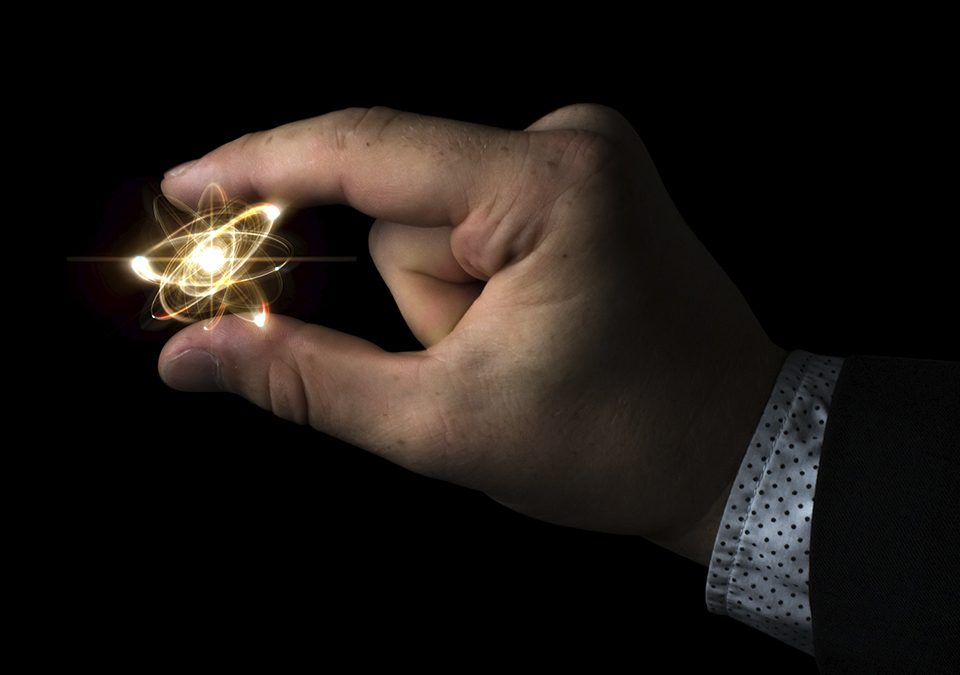This Sure Ain’t California Dreamin’ – Rolling Blackouts in the Golden State
Legal wrangling tying up fossil fuel projects could be used to target clean energy, too
August 17, 2020Fossil Fuel Boycotts: Dangerous & Illegal
August 25, 2020As the temperature this past weekend soared to over 100 degrees, millions of Californians found themselves without electricity in the scorching heat. These targeted blackouts marked the first time in nearly 20 years the state’s power providers resorted to rolling blackouts to keep the grid from overloading.
For more than a decade, Energy Fairness has endeavored to foster dialogue with consumers and policymakers about what it takes to maintain an affordable and reliable energy supply. Sadly, regulators and politicians in the Golden State haven’t heeded the common sense solutions we’ve offered over the years, as electricity there has been anything but affordable and reliable over the past week.
Around 6:30 on Friday evening, the California Independent System Operator (CAISO) — California’s grid manager — determined that power supplies had dipped below a critical threshold and called a Stage 3 Emergency, triggering a “load interruption.” The agency requested California’s utilities curtail 1,000 megawatt-hours of demand. Electricity was then cut to hundreds of thousands of California homes in one-hour intervals on Friday and Saturday evenings.
A new round of outages hit even more homes on Monday night. The mercury is expected to rise even higher as the week continues, which means more rolling blackouts will be in California’s future. Of course, it didn’t have to be this way. Back in 2006, a similar heatwave scorched its way through the west without any blackouts at all. What changed? Back then, California had much more power generating capacity at its disposal. A variety of factors have since compounded to cause a shortage.
For example, power providers in California have invested heavily in solar energy to meet the state’s clean energy goals. During daylight hours, solar power provides plenty of power to the state. In fact, solar panels create so much electricity during the day that power providers are often paid to cut production to keep from overloading the grid. As the sun sets over the Pacific Ocean, however, the opposite problem occurs. Solar panels aren’t producing nearly enough electricity to cover peak demand (3:00 pm – 10:00 pm), which leads to shortages.
Large scale battery storage could have helped to even out demand, but the technology is still in its infancy. From a development and implementation perspective, storage hasn’t yet been widely adopted. Other factors have contributed to the shortfall too.
In recent years, California has mothballed numerous natural gas and nuclear power plants. These baseload power plants were able to provide electricity around the clock, sustaining the reliability of California’s grid. State regulators have also been aggressive in shutting down “peaker” plants. These plants serve as the last line of defense in preventing brownouts or blackouts. The state’s hydro-electric dams have also provided below-average power capacity due to below-average rainfall and an anemic snowpack this year.
The recent series of blackouts shouldn’t come as a surprise to anyone. In fact, regulators all but asked for them. Last year CAISO warned the California Public Utilities Commission that the state could face power shortages as soon as the summer of 2021, but, sadly, that milestone came a year early. Adding insult to injury is the fact that Californians have some of the highest electricity rates in the U.S., even as their electricity is growing less reliable.
“The situation we are in could have been avoided,” says Steve Berberich, CEO of the California Independent System Operator.
That’s an understatement. As we’ve noted over the last decade, long-term planning and flexibility are vital in ensuring an affordable and reliable energy supply. We’ve championed the rapid expansion of solar and wind through multiple posts over the last several years. Yet, we’ve done so with the strong caveat that planners must maintain an overall balanced energy portfolio to be affordable and reliable. California regulators knew what was necessary to keep the lights on. They weren’t in the dark. But now, because they failed to ensure reliability, customers are.


